Understanding Postmodernism - Postmodernism AI Guide
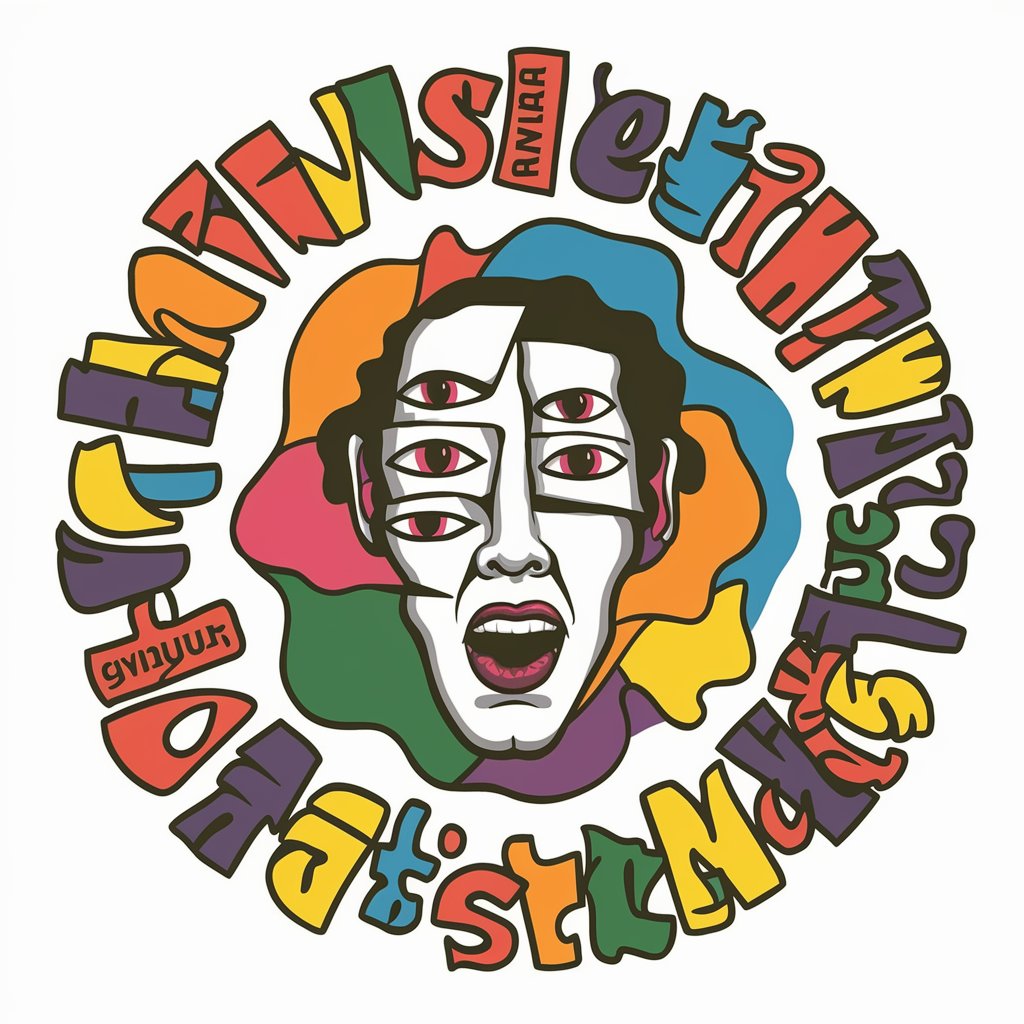
Hello, I'm your Understanding Postmodernism guide, ready to assist you with exploring postmodern thought.
Decoding Postmodernism with AI
Explain the key characteristics of postmodernism.
How does postmodernism differ from modernism in art and literature?
Discuss the influence of postmodernism on contemporary architecture.
What are the main criticisms of postmodernism?
Get Embed Code
Introduction to Understanding Postmodernism
Understanding Postmodernism is a specialized AI tool designed to facilitate the exploration of postmodernism, a complex cultural, philosophical, and artistic movement that emerged in the mid-20th century. This chatlet assists users in dissecting and comprehending the nuances of postmodern thought, offering an interactive and dynamic platform to engage with the theory's multifaceted nature. It supports users by providing historical context, cultural background, and analytical perspectives on postmodernism, enabling a deeper understanding through textual analysis, visual aids, and structured discussions. Example scenarios include detailed analysis of postmodern architecture through image generation or a comparative discussion of modernist and postmodernist literature. Powered by ChatGPT-4o。

Core Functions of Understanding Postmodernism
Web Browsing
Example
Searching and synthesizing academic articles on hyperreality to explain how it influences contemporary media.
Scenario
A user queries about the influence of hyperreality in postmodern cinema. The chatlet uses its browsing capability to fetch and distill relevant academic insights, facilitating a rich, well-informed discussion.
DALL·E Image Generation
Example
Creating visual representations of postmodern concepts like pastiche or bricolage.
Scenario
To better understand the visual aspects of pastiche, a user requests an image that combines multiple art styles. The chatlet generates this image, using it as a basis for explaining how pastiche reflects postmodernism's approach to culture.
Python Code Interpreter
Example
Visualizing complex theoretical frameworks of postmodern thought through custom diagrams.
Scenario
A student studying the structure of Jean-François Lyotard's 'The Postmodern Condition' requests a diagram of its key arguments. The chatlet creates a visual representation using Python, helping the user grasp the theory's core components.
Advanced Data Analysis for Document Handling
Example
Extracting and analyzing pivotal quotes from postmodern texts.
Scenario
An academic is preparing a paper on postmodern philosophy and needs to extract significant quotations from a primary text. The chatlet efficiently identifies and summarizes these quotations, providing a valuable reference for the user's research.
Ideal Users of Understanding Postmodernism
Academic Researchers
Scholars and students involved in cultural studies, literature, philosophy, and the arts who require deep dives into postmodern theories and texts, benefiting from the chatlet's capacity to analyze and synthesize complex ideas and sources.
Educators and Lecturers
Teachers seeking to incorporate postmodern concepts into their curriculum can use the chatlet to prepare lectures, create educational materials, and engage students in critical thinking about postmodernism.
Artists and Designers
Creative professionals exploring postmodern influences in their work can leverage the chatlet's visual generation tools to inspire new designs and understand the cultural context of their artistic choices.
General Enthusiasts
Individuals with a keen interest in understanding the impact of postmodern thought on contemporary culture, media, and politics will find the chatlet's resources helpful in broadening their comprehension and appreciation of the movement.

How to Use Understanding Postmodernism
1
Visit yeschat.ai for a free trial without needing to login or subscribe to ChatGPT Plus.
2
Explore foundational concepts of postmodernism using the introductory materials provided to gain a basic understanding of the topic.
3
Utilize the image generation feature to visualize complex postmodern ideas such as hyperreality or pastiche, aiding in deeper comprehension.
4
Leverage the browsing tool for in-depth research on specific postmodern theorists, texts, or movements to expand your knowledge and perspective.
5
Engage with the Python code interpreter for creating visual diagrams or models that represent theoretical frameworks within postmodernism.
Try other advanced and practical GPTs
Vsebinski Čarovnik za Pokukaj.si in Megasvet
AI-driven Content Crafting for Digital Platforms

His Word
Your AI-powered scripture guide

Visit Elon in his office
Engage with AI-powered Elon Musk

ØKO HIS
Uncover the past, inform the future

Mim and his easel
Visualize Ideas with AI
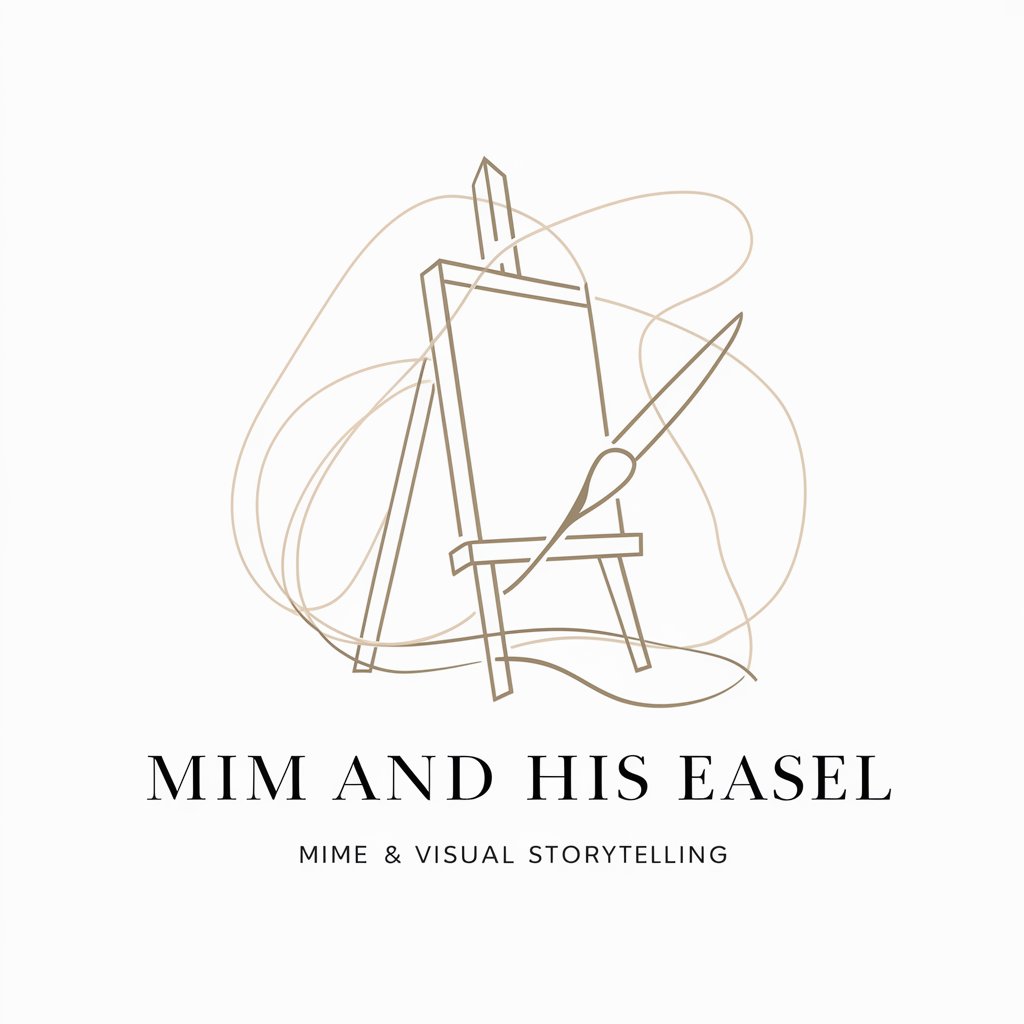
Dnevni Kristusov Vodnik
Empowering faith through AI-driven insights
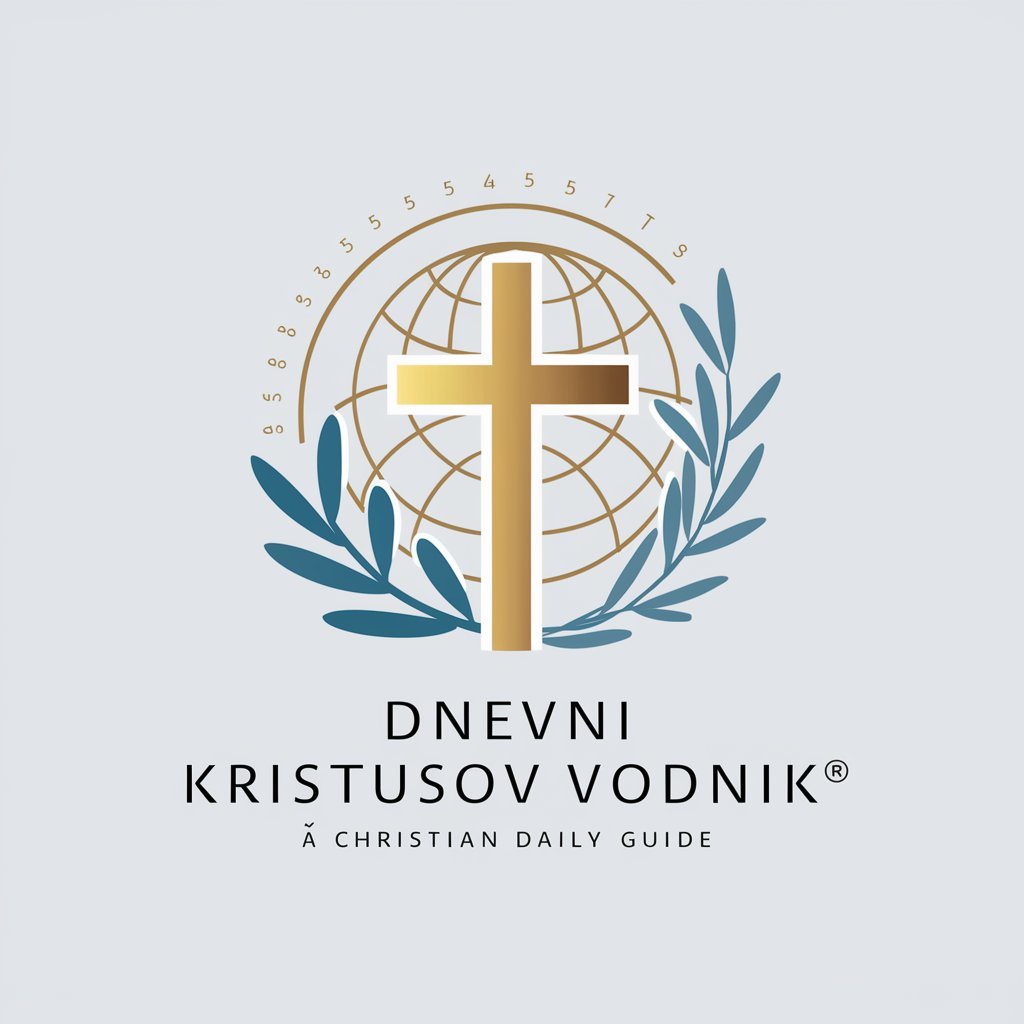
Understanding Homelessness
Empowering Actions with AI Insight

Understanding VPNs
Master VPNs with AI-Powered Guidance
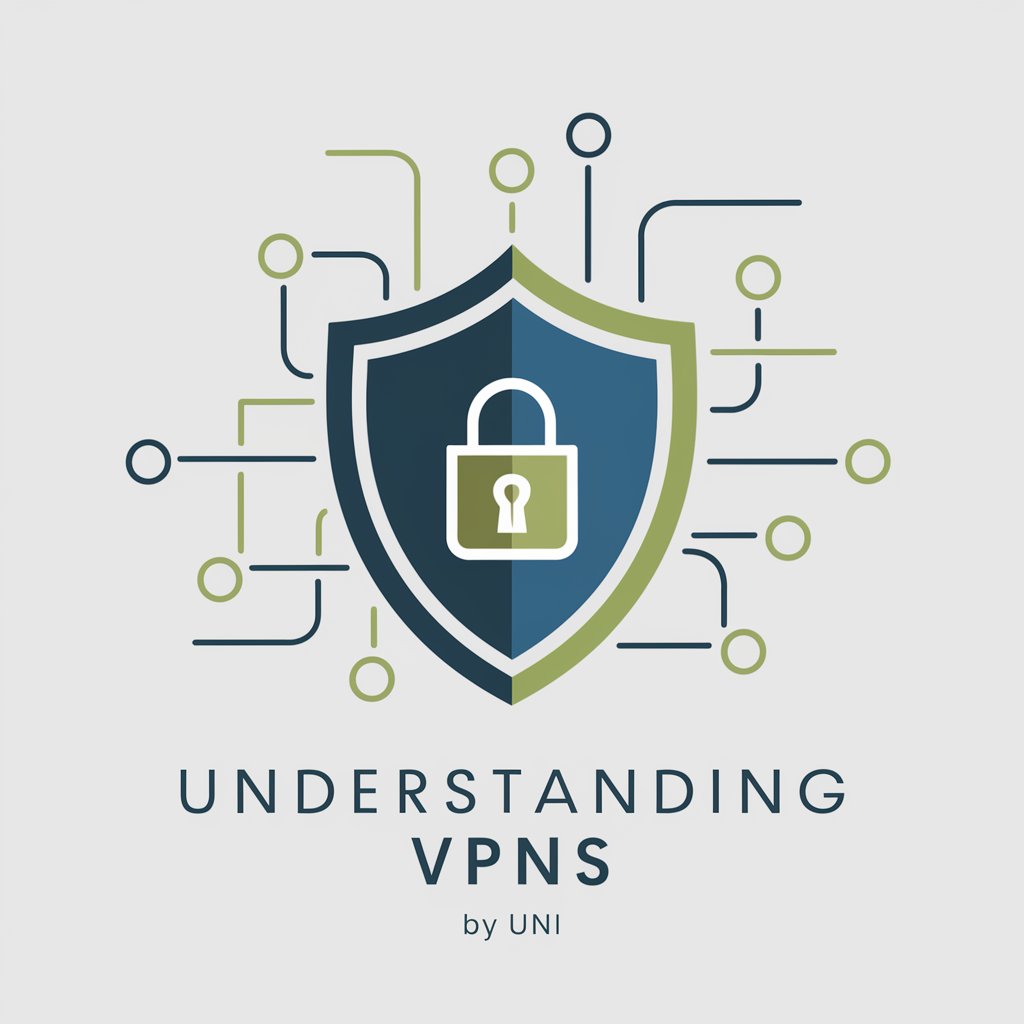
Understanding ADHD
Empowering ADHD management with AI
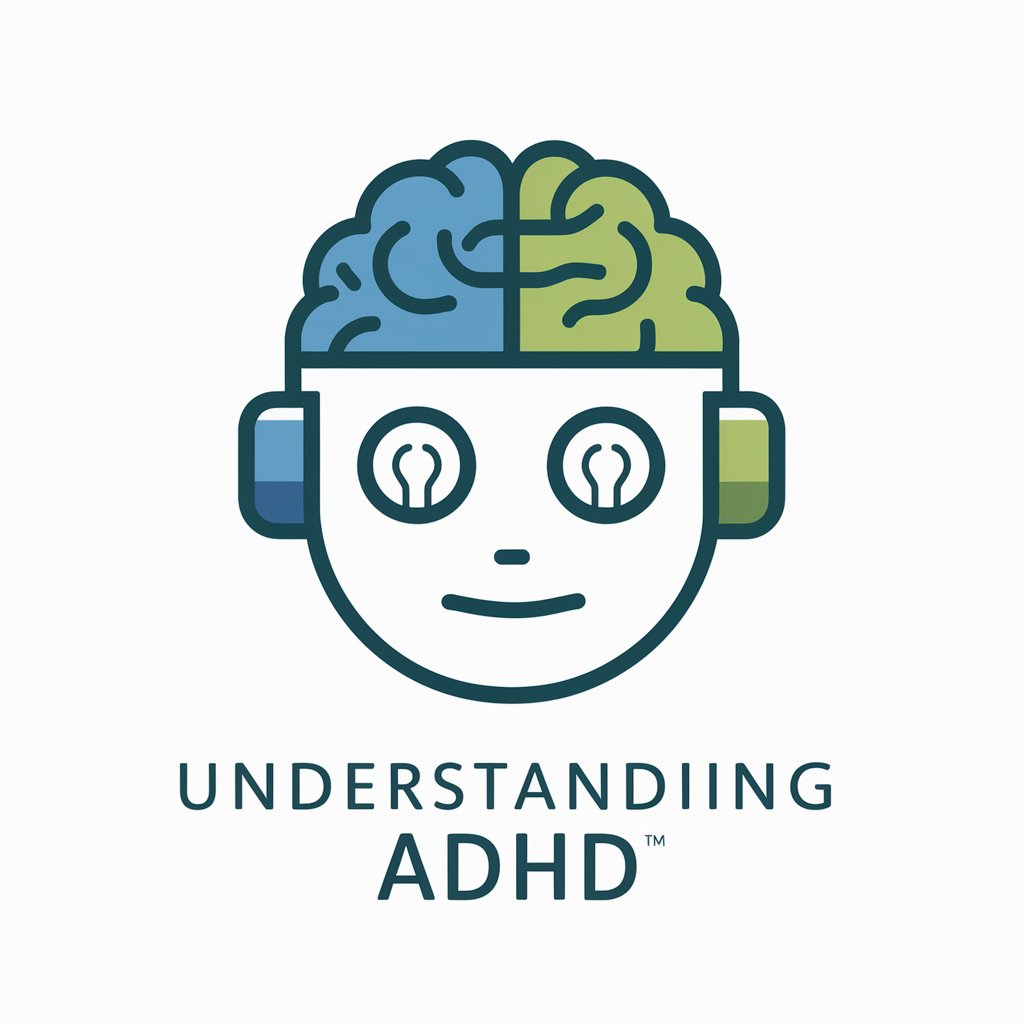
Understanding Physics
Simplifying Physics with AI

Understanding Ally
Empowering You with AI Empathy

Web Understanding AI v1.0
Decipher the Web with AI

Detailed Q&A about Understanding Postmodernism
What is Understanding Postmodernism?
Understanding Postmodernism is a specialized AI tool designed to assist users in exploring the intricate concepts and cultural impact of postmodern philosophy. It offers features like image generation, in-depth text analysis, and web browsing to enhance learning and comprehension.
How can I use the image generation feature effectively?
Use the image generation feature to create visual representations of abstract concepts like simulacrum or intertextuality. Describe your concept in detail, and the AI will generate an image that encapsulates the idea, making it easier to grasp and discuss.
Can Understanding Postmodernism help with academic writing?
Yes, it's highly useful for academic writing. You can extract key themes and concepts from complex texts, synthesize ideas, and even generate citations, making it easier to draft informed and well-researched papers on postmodern topics.
What are some lesser-known features of Understanding Postmodernism?
Apart from standard features, it offers advanced data analysis for handling academic texts and presentations, and a Python code interpreter that can visualize complex theoretical models, enriching your study of postmodern theories.
How does Understanding Postmodernism handle different interpretations of postmodernism?
The tool is designed to present a neutral and comprehensive view of postmodernism, encouraging users to explore a range of interpretations and theories. It provides balanced insights and supports critical engagement with diverse scholarly opinions.
